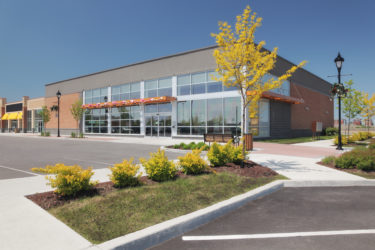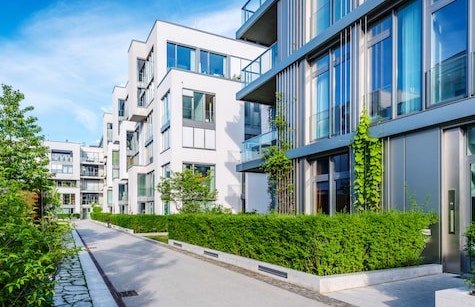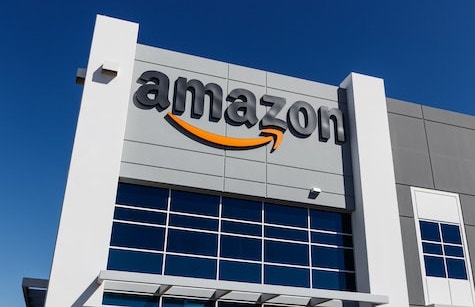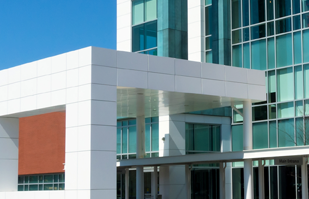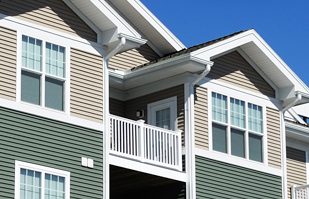Trending Demographics: Florida’s MHC Market
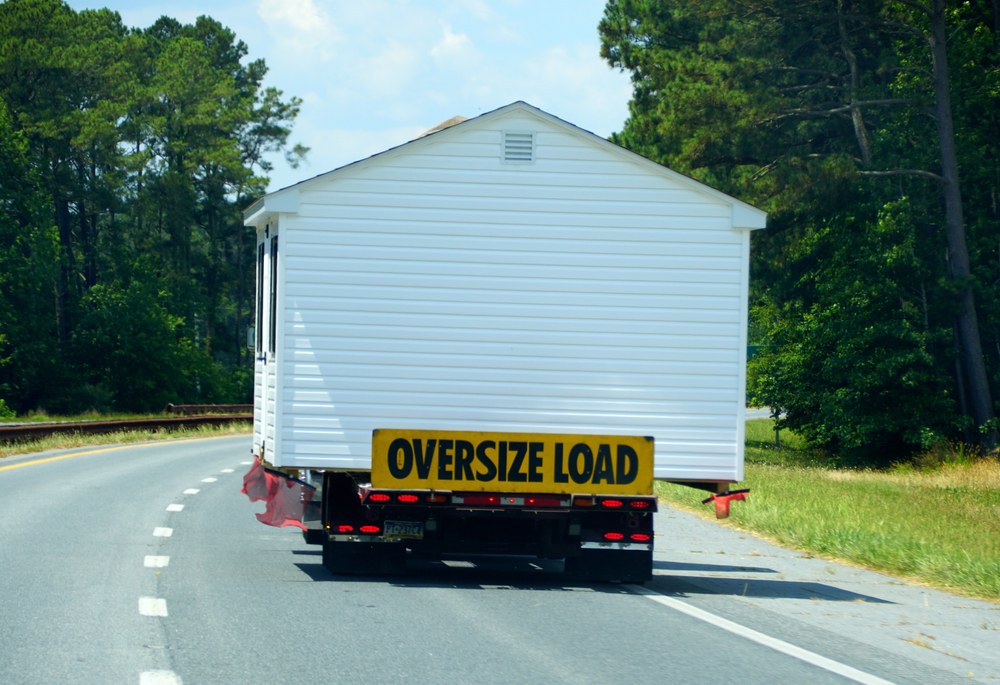
Few tailwinds are as powerful for investors as demographics. Data on demographics provides an understanding of the characteristics of specific populations, which assists in forecasting trends for potential investment opportunities.
One of the more powerful demographic trends is affordable housing for seniors, and the investment opportunity is in manufactured housing communities or MHCs. This is an asset class that I am most familiar with based on my solid understanding of the economics of MHC investments, and with direct experience buying, selling, upgrading, and managing these properties. I believe this asset type is primed to be an excellent opportunity for both a 1031 exchange or cash investment for those who are interested in management-free DST investment properties.
What is a Manufactured Housing Community?
A manufactured house is a type of residence that is built off-site, typically in a large factory, that is then transported to a plot of land, which is generally in a community. The benefit of a manufactured home is that the cost per square foot is usually significantly less than that of a traditionally built home.
I am a strong supporter of practicing what I preach. In 2020, I invested in Fairlane Harbor, which was the first Florida MHC that was available as a DST. I plan to continue investing in more as they become available, assuming they meet our due diligence requirements.
Here is why MHCs are worth your review and consideration:
Scarcity Relative to Demographics
Especially across the sunbelt states, MHCs are in short supply, particularly those focused on seniors. Florida is a great example of this. The Sunshine State has just 174 four and five-star senior manufactured housing communities remaining. Many others have been sold off for development.
The average occupancy for those that remain is 97.4%. Meanwhile, the supply/demand imbalance has created a fertile environment for rental increases, which have averaged just under 5% a year since 2014. More recently, however, population growth among the 65+ cohort in Florida has pushed MHC rents up at a faster pace of more than 5% annually.
Demographic and migration data from Harvard University’s Joint Center for Housing Studies suggest this trend should last for at least the next decade. The center maintains heat maps that show population loss and gain by county across the country, and it is clear that almost the entirety of Florida is gaining domestic migrants, many of them retirees.
Barrier to Entry
Developing a new, manufactured housing community is an increasingly challenging proposition. Zoning and entitlements are exceedingly difficult to obtain for new communities, and in high-density, high-demand areas the land and development costs can be prohibitively expensive. That is a problem to the degree that manufactured housing is considered the most-affordable home-ownership option.
At the moment, senior mobile home parks attract retirees who have adequate sources of income to pay the rental costs for their space in the community. However, excessive land and development costs crush that calculus and impact a new community’s ability to attract the homeowners it needs to survive. According to NAREIT, this barrier to entry helps explain why only ten new manufactured housing communities have opened nationally over the past 20 years, which is an incredibly small number in relation to the growth of America’s 65+ population (12.4% in 2000 compared to 17% in 2020).
Manufactured homes, with the benefit of having one the highest barriers to entry in comparison to other asset classes, typically require fewer expenses when it comes to common maintenance, repairs, and other costs.
Financial Demographics
Florida is experiencing extremely high population and income growth and has produced some of the best DST property returns to date. Florida’s in-migration rates dwarf that of other high, in-migration states such as Texas. According to state economists, nearly 1,000 people move to Florida every day, equating to approximately 330,000 people annually. Moreover, Florida has recorded the largest, cumulative net change in adjusted gross income (AGI) due to domestic migration. Between 2010 and 2018, Florida’s cumulative AGI soared by $95 billion, an increase of more than 20% over that period. The next closest state, Texas, recorded an increase of just $30 billion.
Given shifting demographics, and Florida’s well-known stature as a state that imposes no personal income taxes, which lures domestic migrant retirees, I do not see a reason why this will not continue. Currently, I see a welter of reasons for focusing investments on MHCs. When you own MHCs, you own an entire community, one where we are the land lessors and owners of the community amenities, but not the homes. This allows for a much lower expense ratio when compared to multifamily housing. And in certain communities, “pride of ownership” is no less real than it is in a traditional family neighborhood.
In addition, opportunities are now emerging to improve the demand and rents for these planned communities through strategic upgrades including adding pickleball courts, replacing concrete driveways with paver driveways, gating the communities, remodeling clubhouses, adding dog parks, enhancing landscaping, and adding decks, pavilions, and docks to take advantage of rivers and water features.
Conclusions
Sponsor companies who offer MHC properties recognize the importance of this asset type and the opportunity it provides for potential investors.
To further discuss the Florida MHC market and MHCs available as DSTs, contact us today.
Check out our Insights section for even more information on DSTs and current trends.




